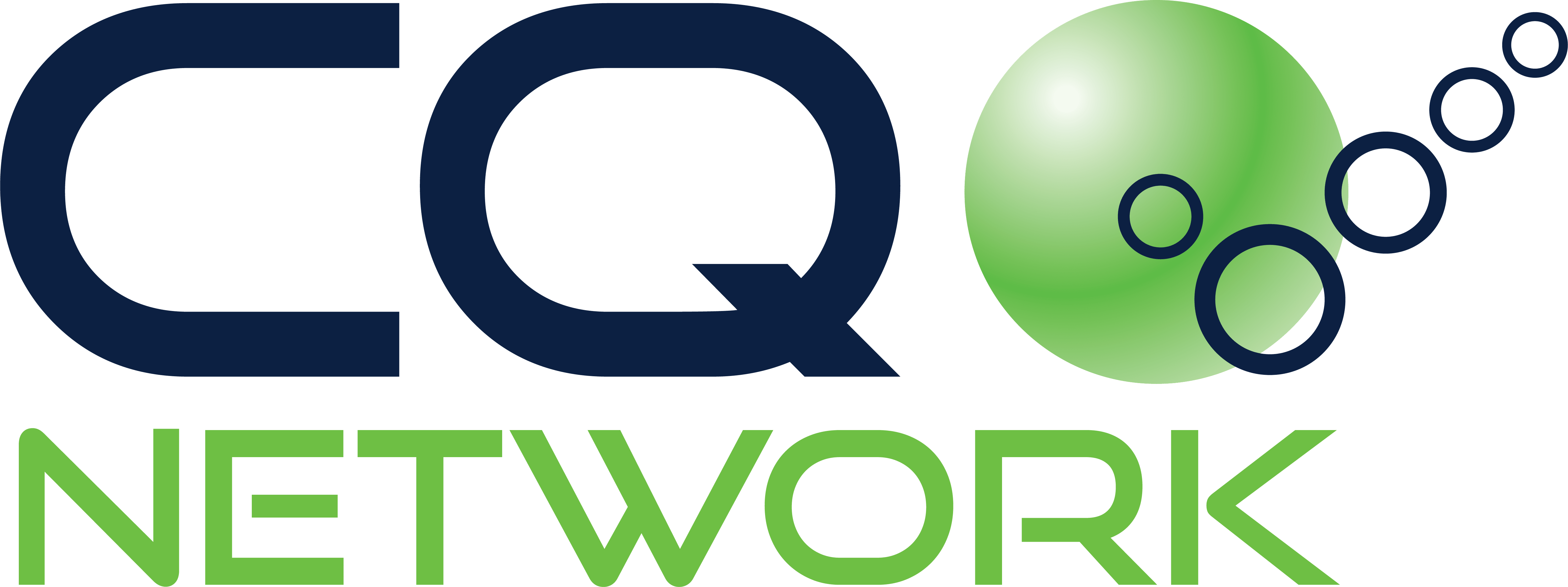
10 May Prequalification – Goals & Risks
The Goals, Benefits and Risks of Contractor Prequalification
As a global trend, more organizations are outsourcing work. This means contractor management is increasing in importance. And prequalification is a vital part of the process. By prequalification, we mean the preliminary stage of the contractor management cycle. The goal is to determine whether a contractor has the capacity and capability to complete the job successfully. Here, we will examine the benefits and risks of this critical business activity.
The Goals
Prequalification of contractors is an essential step in the contractor management process. And a well-designed prequalification system will achieve four main goals:
1. Conserve your time
2. Conserve your financial resources
3. Reduce risk by using vetted and reliable contractors
4. Improve communication and improve your contractor relationships
The Benefits
There are many compelling reasons why prequalification brings value to clients:
It Mitigates Risk
Clients take on risk and liability whenever contractors are hired. Prequalifying contractors offers peace of mind and ensures they know and understand the potential risks to complete the job safely.
It Helps Create a Safer Worksite
Worksite safety depends on each employer pulling their weight. Safe work practices are seamless when all contractors are prequalified to a known minimum standard.
It Fulfills the Legal Concept of ‘Buyer Beware.’
Whether it’s a product or service, it makes good business sense to understand who you’re buying from. The legal principle of caveat emptor says that each party to a contract is responsible for protecting their interests. Prequalification allows you to check out the providers and be confident in your choice.
Reduces the Risk of Litigation
Doing your due diligence ensures contractors are qualified to safely and professionally handle your work. This reduces the risk of high-loss incidents and, ultimately, the potential for litigation.
Five Risks
While prequalifying contractors can be time-consuming, the results are well worth the effort when done correctly. However, failing to get to know the contractors you’re considering working with can have significant consequences for your business down the line.
Let’s break down five significant risks of not prequalifying contractors, leading to loss of business opportunities and other liabilities.
Risk 1: Loss of Business Opportunities Due to Improper Incident Recording
Clients that pre-screen or assess contractor safety performance consider at least these three things:
1. Health and safety performance
2. Worker compensation rates, and
3. Regulatory compliance issues
Health and safety performance is often expressed as the OSHA and DART rates. The total recordable incident frequency and lost time incident frequency are standard metrics in Canada. These rates reflect the number of recordable, lost time and restricted work events your company has sustained. It is critically important to understand the definitions of medical treatment, restricted work, and lost time. For example, not all doctor trips are recordable incidents.
Further, workers’ compensation performance, expressed as the Employer Modification Rate or a Premium Rate in Canada has different criteria than OSHA and DART rates. You may be putting yourself out of consideration for work if you report incorrectly. It is a sound business practice to know the legal, insurance-driven, and your client’s incident classification requirements.
Risk 2 Loss of Business Opportunity Due to Poor Safety Performance
Clients and prime contractors want to work with safe contractors. If your contractors have poor performance, or your performance is spotty, it can hinder the ability to get new business. Implementing an OHS management program that ensures your organization and subcontractors comply with legal and industry standards will help mitigate risk. Further, actively manage claims when they occur to minimize costs and improve the well-being of your workforce.
Risk 3: Loss of Business Due to Poor Regulatory Performance
Poor regulatory performance can also seriously impact whether or not you can secure new business. Things that get client attention are severe OSHA violations, frequent workers’ compensation claims, and work refusals for safety-related issues. Experts recommend knowing the most frequently cited OSHA violations in your industry. Then, ensure you have an effective, well-implemented health and safety system to prevent those incidents.
Risk 4: Liability for Unpaid Contractor Workers’ Compensation Premiums
If contractors have not paid their workers’ compensation premiums, general contractors and prime contractors can be held liable for thousands of dollars in recovery costs. When mobilizing a contractor, the client or prime contractor must obtain a workers’ compensation clearance or certificate of insurance to ensure proper coverage is in place. Obtaining a clearance at regular intervals is recommended and ensures coverage is maintained through the contract.
Risk 5: Liability from Unmanaged Contractor Certificates
About 20 percent of certificates in an automated document tracking system are expired or due to expire within 30 days. Expired certificates can put a client or prime contractor at serious risk of liability if incidents occur without coverage, including direct costs and legal liabilities. If you use a spreadsheet to manage your contractor’s dated documents, risk increases because there is no automated way to track expiry dates with Excel or email. Databases and web applications designed for certificate management track dates and manage notifications with automation. Let technology manage your risk down.
There’s more value-added information on our new CQN Training LinkedIn page. Make sure to follow us!
Coming Soon! www.cqntraining.com. Click to join the mailing list.
CQ Network Training is your one-stop source for online contractor management training and best practices. We share our 18 years of experience and knowledge in the contractor management space with clients and contractors who want to improve their systems. Our courses are full of practical advice and field-proven processes that will save your organization time and manage your risk. Upgrade the knowledge and skillsets of your team and demonstrate leadership in this increasingly complex and risk-inherent aspect of business operations.



No Comments